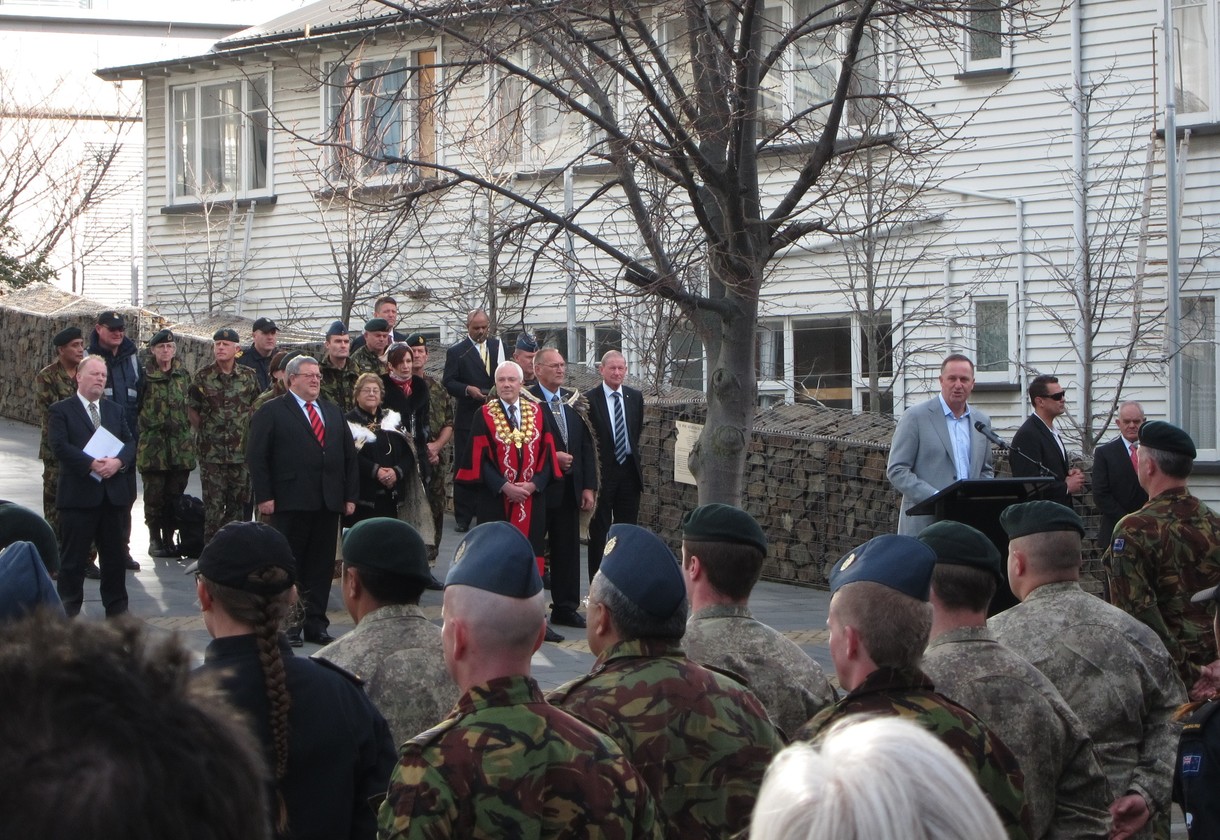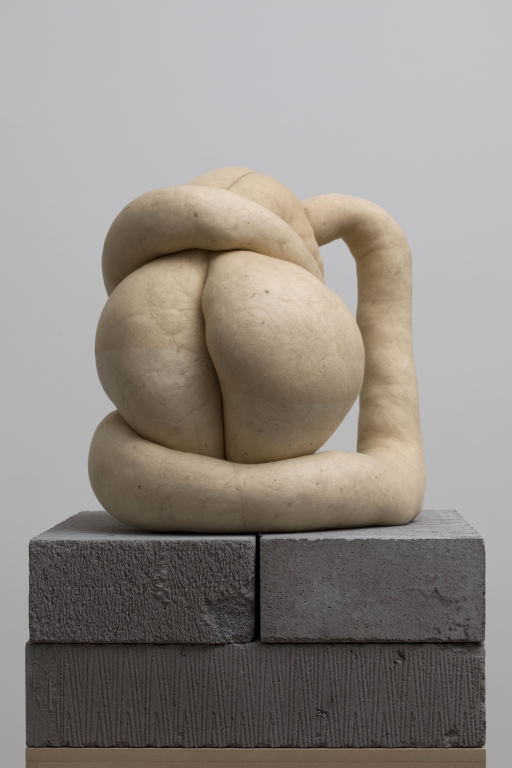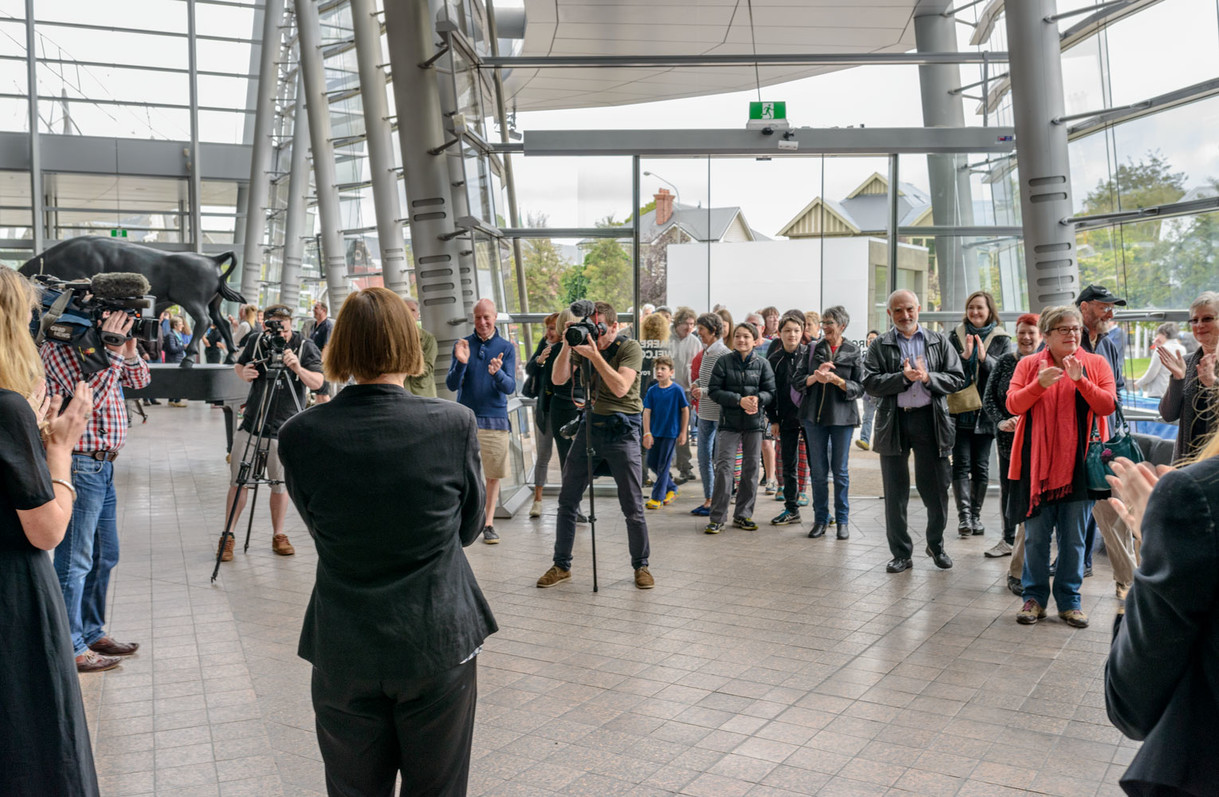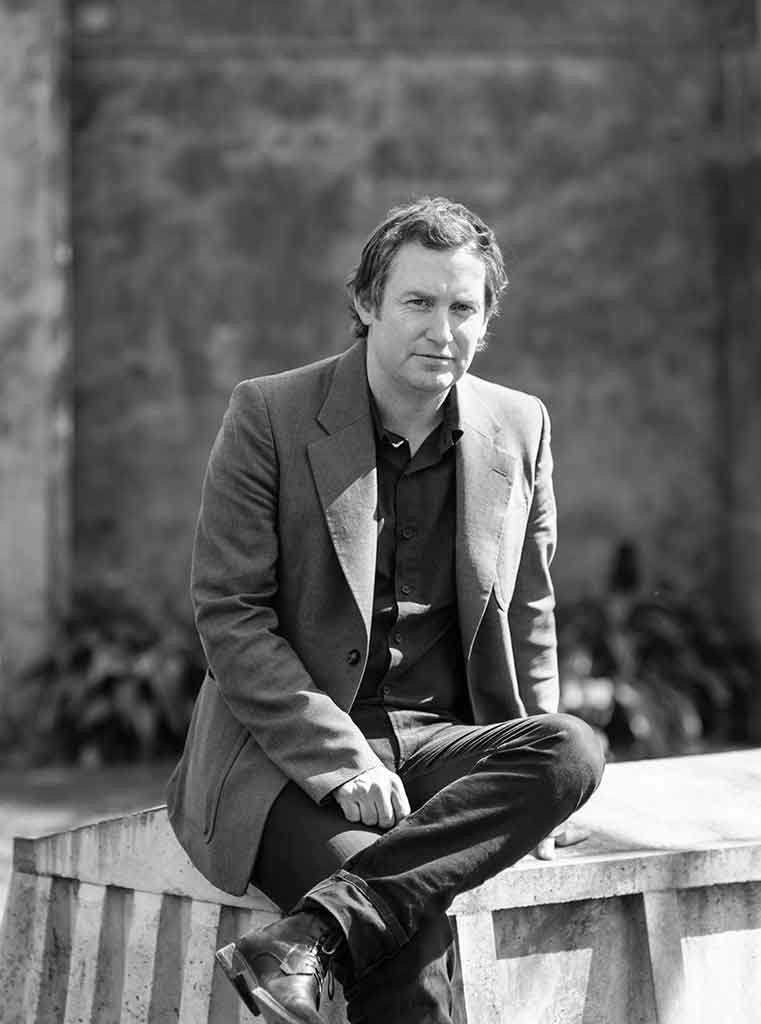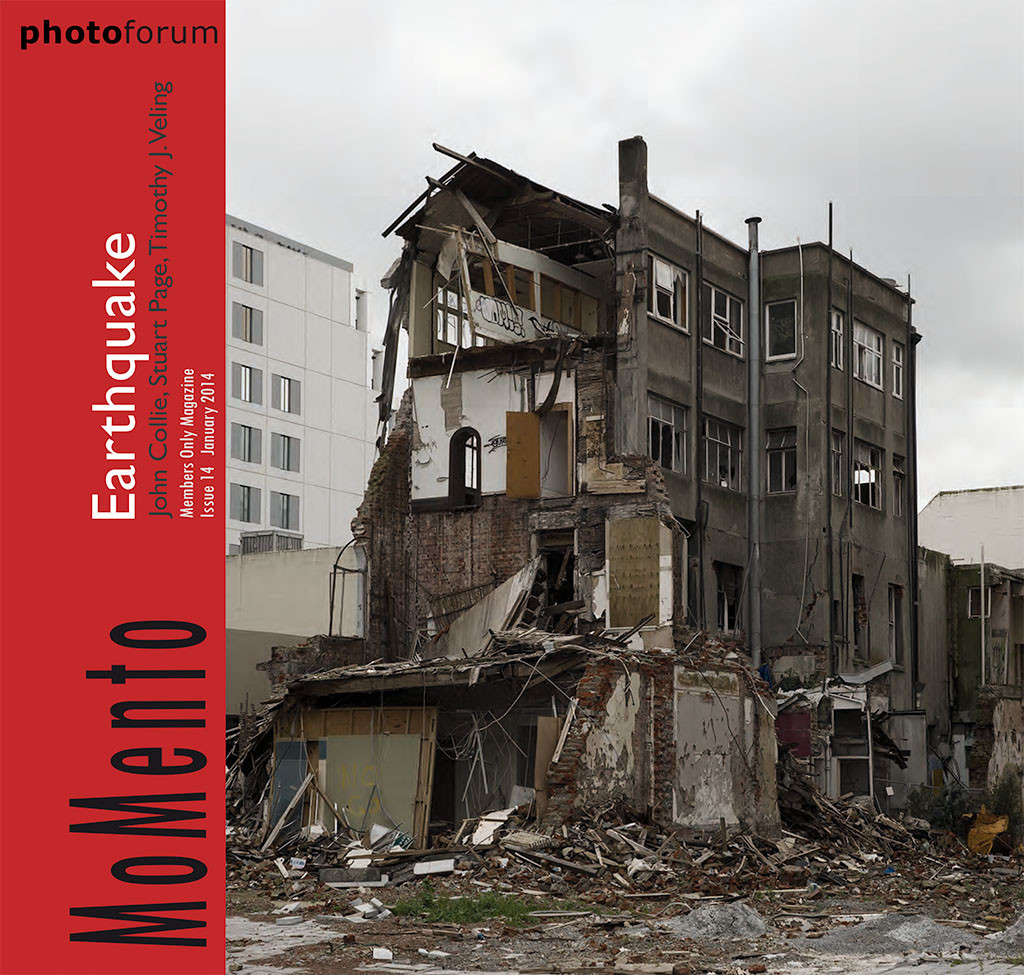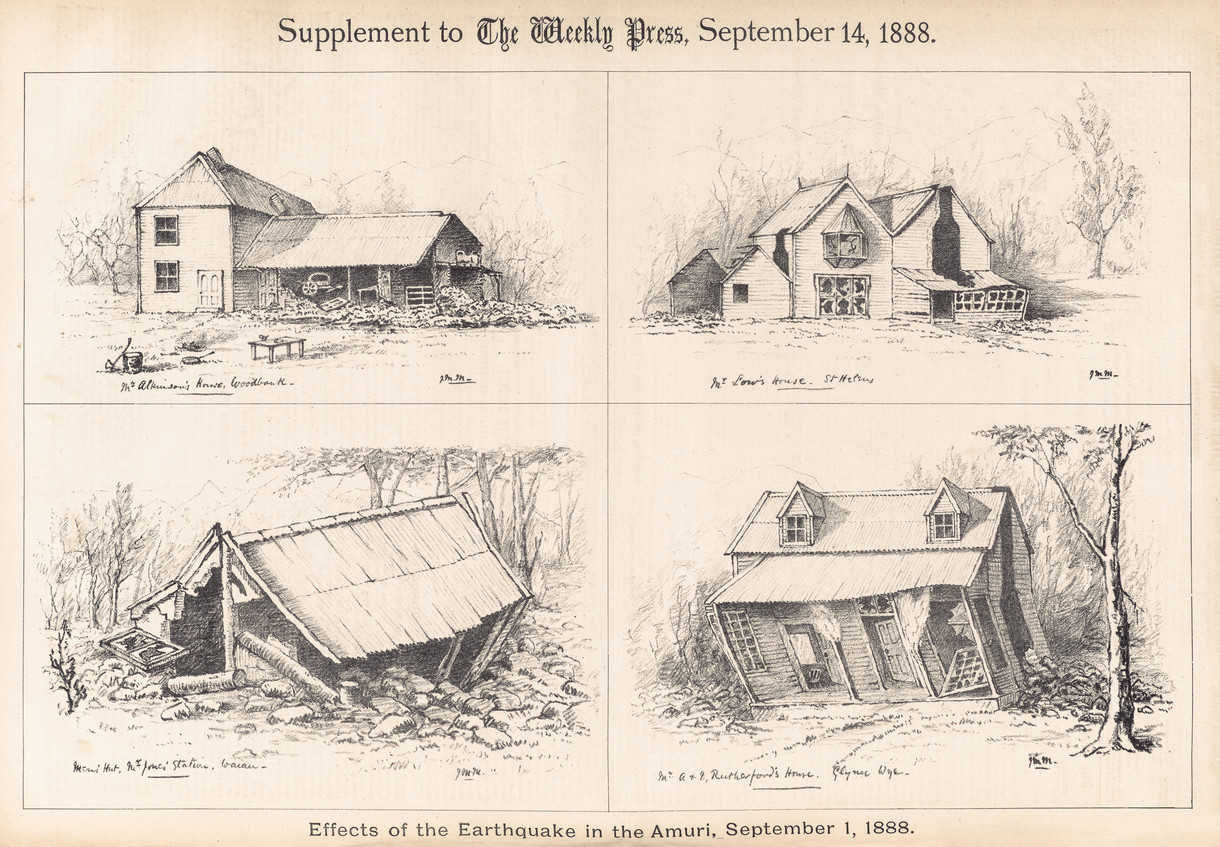B.
What they did with Christchurch cathedral
Behind the scenes
Lunchtime on a shining summer's day and you head for the ruin of Christchurch Cathedral. If you get there by twelve you can usually nab one of the bench seats along the back wall, where sun buckets down through the long-gone roof and warms the stonework behind you.
There's a businessman one seat along reading a Harry Potter while he finishes his sushi, and the two women beyond him, having kicked off their shoes, are flexing their stockinged toes in the warmth. Where the pews of the church used to be there's now a thriving congregation of flowers. And where the mighty stone pillars used to rise there are now tall wooden frames for climbing roses and clematis, where the bees – aroused by this warmth – bumble and murmur in their thousands.
Is this just fantasy? The quake-addled projection of yet another 'heritage nut' keen to shore up the old dungers? No, not at all. I saw it all myself on a pearler of a day in London in August this year. Sited improbably amidst a lot of glass and traffic in London's business-driven district The City, Christchurch Greyfriars is a Christopher Wren-designed church that was gutted by bombing in December 1940. What remains today of the 300-year-old structure is the stone floor of the nave, all of one end wall, and not very much of two side walls (note the glassless windows)...
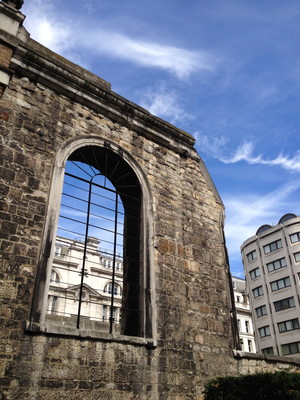
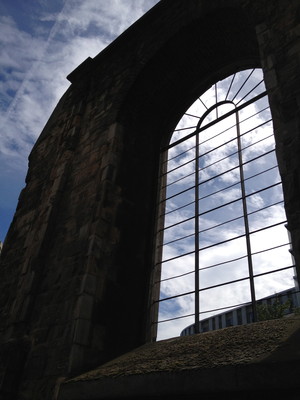
It's not much, in architectural terms, and must have seemed beyond saving when it all lay in rubble. Yet someone had the imagination to see that what was there was more than enough. The result is a memorial made, not by clearing away and building anew, but by valuing what remains.
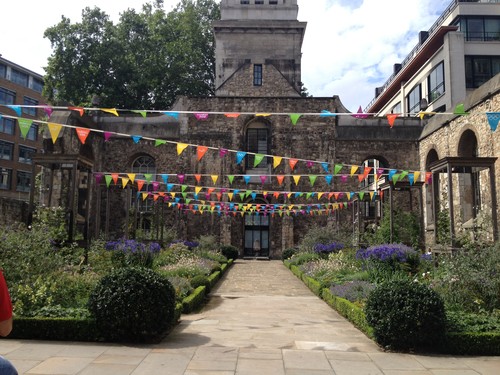
It's nature in the city, an outside that's inside, a paradise garden or hortus conclusus. As peaceful as any church interior, and – on the day I visited, anyway – a whole lot sunnier.
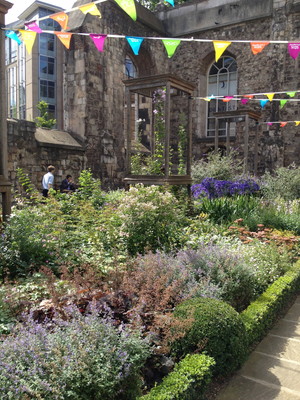

Naturally, as I sat there in the sun and watched the bees go at it, the ruins of our Christ Church Cathedral hovered in my mind's eye. And although napping seemed a lot more appealing than cogitating at the time, I did think three things. How simple. And how perfect. And how hard can it be?
